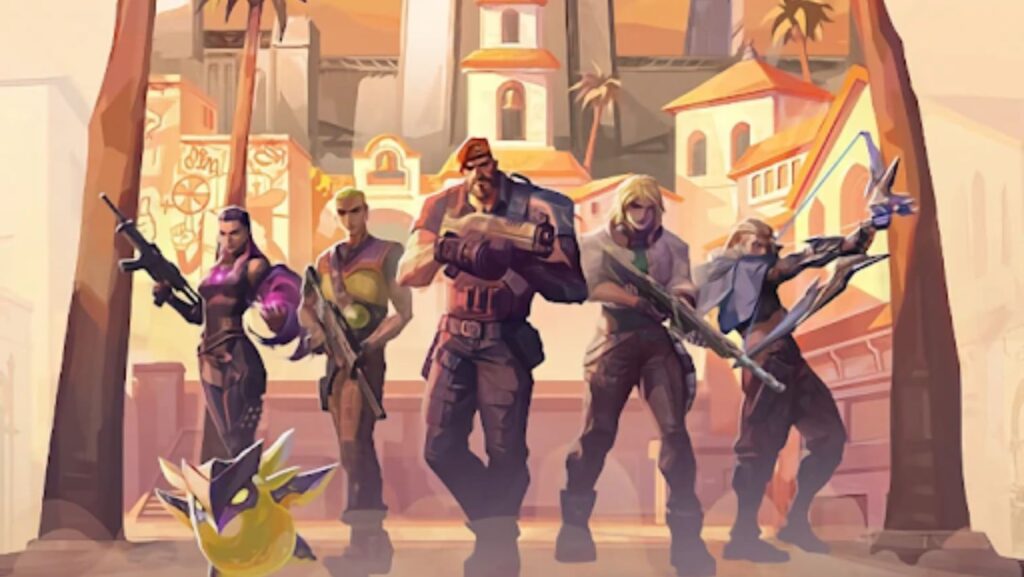In the fast-paced and ever-evolving realm of esports, Valorant has emerged as a competitive juggernaut, captivating players and fans alike with its strategic gameplay and dynamic team compositions. In this article, we delve into the post-game analysis of your Valorant team’s composition,tactical success and Valorant live stats, exploring key aspects that can turn the tide in your favor.
I. Evaluating Agent Selection
A. Understanding Agent Roles
Valorant’s diverse roster of agents each brings a unique set of abilities and playstyles to the table. Analyze your team’s agent selection to ensure a balanced composition that covers essential roles, such as Initiators, Duelists, Controllers, and Sentinels.
B. Synergy and Counterplay:
Investigate how well your chosen agents complement each other. Assess the synergy between abilities and consider potential counterplay against enemy compositions. A well-coordinated team can exploit synergies to gain a strategic advantage.
II. Tactical Decision-Making
A. Round-by-Round Analysis
Break down each round to identify successful strategies and areas for improvement.

Examine how your team adapts to the opponent’s playstyle and adjusts tactics accordingly.
B. Ult Economy Management
Valorant’s ultimate abilities can be game-changers. Evaluate how effectively your team manages ult economy, ensuring that ultimates are used strategically and not wasted. A synchronized ult usage can tip the scales in crucial rounds.
III. Communication and Coordination
A. In-Game Communication
Strong communication is the backbone of any successful esports team. Analyze your team’s in-game communication, focusing on callouts, information sharing, and shot-calling. Effective communication enhances decision-making and minimizes misplays.
B. Adaptability to Mid-Game Changes
Valorant matches are dynamic, requiring teams to adapt swiftly to changes in the enemy’s strategy. Assess your team’s ability to make on-the-fly decisions, rotate efficiently, and adjust tactics mid-game.
IV. Map Control and Positioning
A. Map Control Strategies
Winning in Valorant often hinges on securing map control.

Evaluate your team’s approach to map control, considering strategies for attacking and defending specific areas. Well-executed map control can limit the opponent’s options and create opportunities for your team.
B. Post-Plant Positioning
For attacking rounds, analyze how your team positions itself post-plant. Effective post-plant positioning can make it challenging for the enemy to retake the site, increasing the chances of securing the round.
Conclusion
In the highly competitive world of Valorant, success is not solely determined by individual skill but by the collective strength of your team’s composition and tactical prowess. By conducting a thorough post-game analysis, teams can identify areas for improvement, refine strategies, and elevate their gameplay to the next level. In the end, the key to success lies in a combination of thoughtful agent selection, strategic decision-making, seamless communication, and precise positioning. As you embark on your journey to mastery, remember that victory in Valorant is a team effort that extends beyond fragging skills to the realm of intelligent and coordinated play.


More Stories
10 Life Hacks for Successful Weight Loss
Unveiling the Power: Activating a Hot Mic in the Heat of a Warzone
How to Get the Finest Price When Selling CS2 Skins